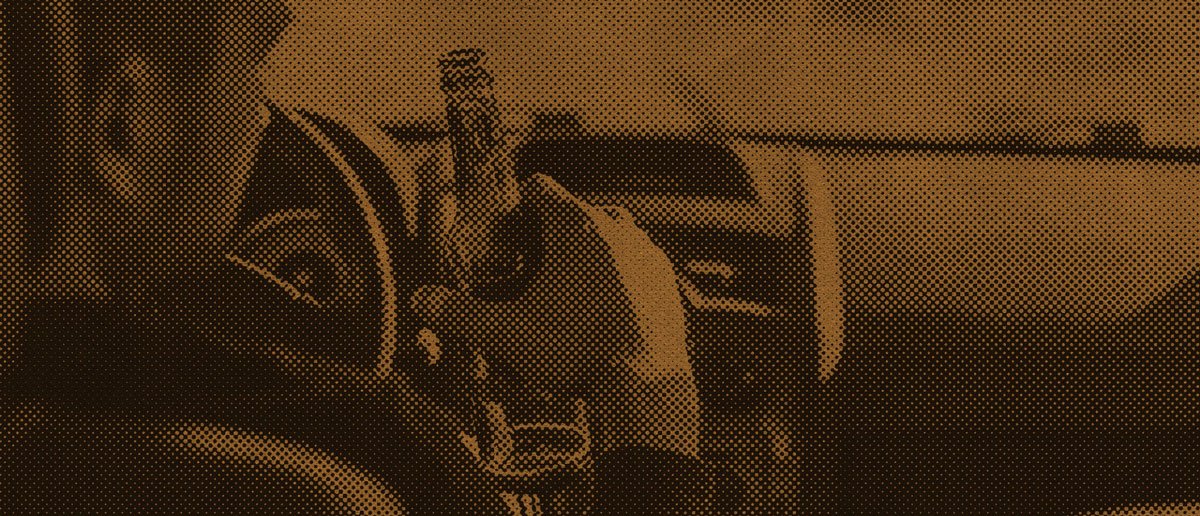DUI Without the “D”
Ok, you might think that if there’s one thing abundantly clear about the charge of Driving Under the Influence, it’s that, to be guilty, you must be 1) Driving, 2) Under, 3) the Influence. But you would be mistaken.
In Utah, you either have to be driving OR you have to have “actual physical control” of a vehicle. Of course, it’s less than obvious what “actual physical control” means. There’s lots of cases about it. In Richfield City v. Walker, the defendant was convicted for sleeping in his truck, drunk, with a blanket pulled over him. In another case, Garcia v. Schwendiman, the defendant was convicted for “trying” to start his car,despite the fact that he was blocked in by a telephone poll and a parked car, and so couldn’t have gone more than a few feet even if he did. The court said, in that case: “A person need not actually move, or attempt to move, a vehicle, but only needs to have an apparent ability to start and move the vehicle in order to be in actual physical control.”
So, are you in physical control when you have the keys in your pocket, and you’re standing on the porch gazing fondly at your car? Is that enough “apparent ability”? Are you in actual physical control when you’re sitting in the driver’s seat, but you can’t find your keys? What if they’re under the seat? Are you in actual physical control when you remember where they are, or only when you grab them off the floor? What if the battery is dead? What if you get in your neighbor’s car by mistake, and your key won’t fit the ignition? What if it is sitting on concrete blocks, with no engine? My point is it’s a bit fuzzy.
But you definitely don’t have to be driving.

